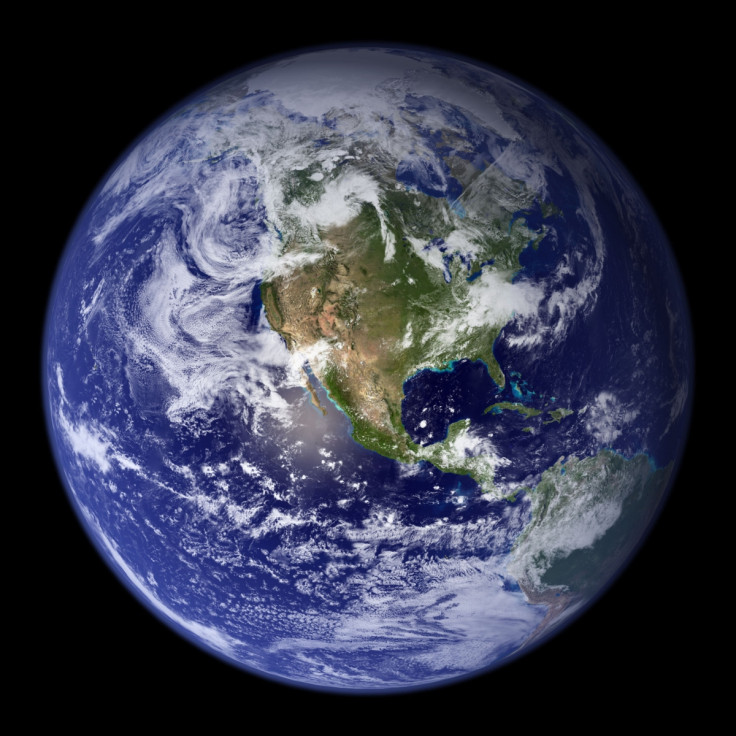Could aliens spot the Earth? Tens of distant planets 'ideally placed' to watch our planet
Scientists estimate that around 9 known exoplanets are ideally placed to track the Earth's 'transit zones'.

How easy or challenging would it be for extraterrestrial life forms to find Earth? Scientists have just flipped planet hunting on its head to figure out how "an alien observer" may be able to spot our planet, using methods that Earth-bound scientists use to detect distant planets.
Scientists from Queen's University Belfast and the Max Planck Institute for Solar System Research in Germany say they've discovered that at least nine known exoplanets are "ideally placed" to watch the Earth and track our planet's "transit zones".
In a new study titled "How would an alien observer see the Solar System?", the scientists found that despite their comparatively smaller size, terrestrial planets, namely Mercury, Venus, Earth and Mars are much more likely to be detected than the "Jovian" planets – Jupiter, Saturn, Uranus, and Neptune.
"Larger planets would naturally block out more light as they pass in front of their star," said lead author Robert Wells, a PhD student at Queen's University Belfast. "However, the more important factor is actually how close the planet is to its parent star – since the terrestrial planets are much closer to the Sun than the gas giants, they'll be more likely to be seen in transit."

The researchers found that 68 exoplanets, out of the thousands now known to mankind, are ideally located for potential "observers" to see one or more of the solar system's planets transiting the Sun. Although the nine exoplanets found ideally placed to detect the Earth are currently not believed to be habitable, researchers suggest that there may be around 10 more distant planets, yet to be discovered, which are favourably located to detect the Earth. What is more, the researchers believe that these currently undiscovered exoplanets could also be capable of sustaining life.
To determine which distant worlds would have the ideal location to have the best chance of detecting our solar system planets, the researchers studied parts of the sky from which more than one solar system planet could be seen on its transit zone, crossing the face of the Sun.
"We estimate that a randomly positioned observer would have roughly a 1 in 40 chance of observing at least one planet," Katja Poppenhaeger, co-author of the study, said. "The probability of detecting at least two planets would be about ten times lower, and to detect three would be a further ten times smaller than this."
At present, no habitable planets have been found from which an extraterrestrial civilisation could spot the Earth using the level of technology that humans currently use. However, the researchers plan on using data from Nasa's Kepler spacecraft, which is currently pursuing its search for exoplanets in distant regions of space, to search for exoplanets that may be habitable.
The study has been published in the journal Monthly Notices of the Royal Astronomical Society.
© Copyright IBTimes 2025. All rights reserved.






















